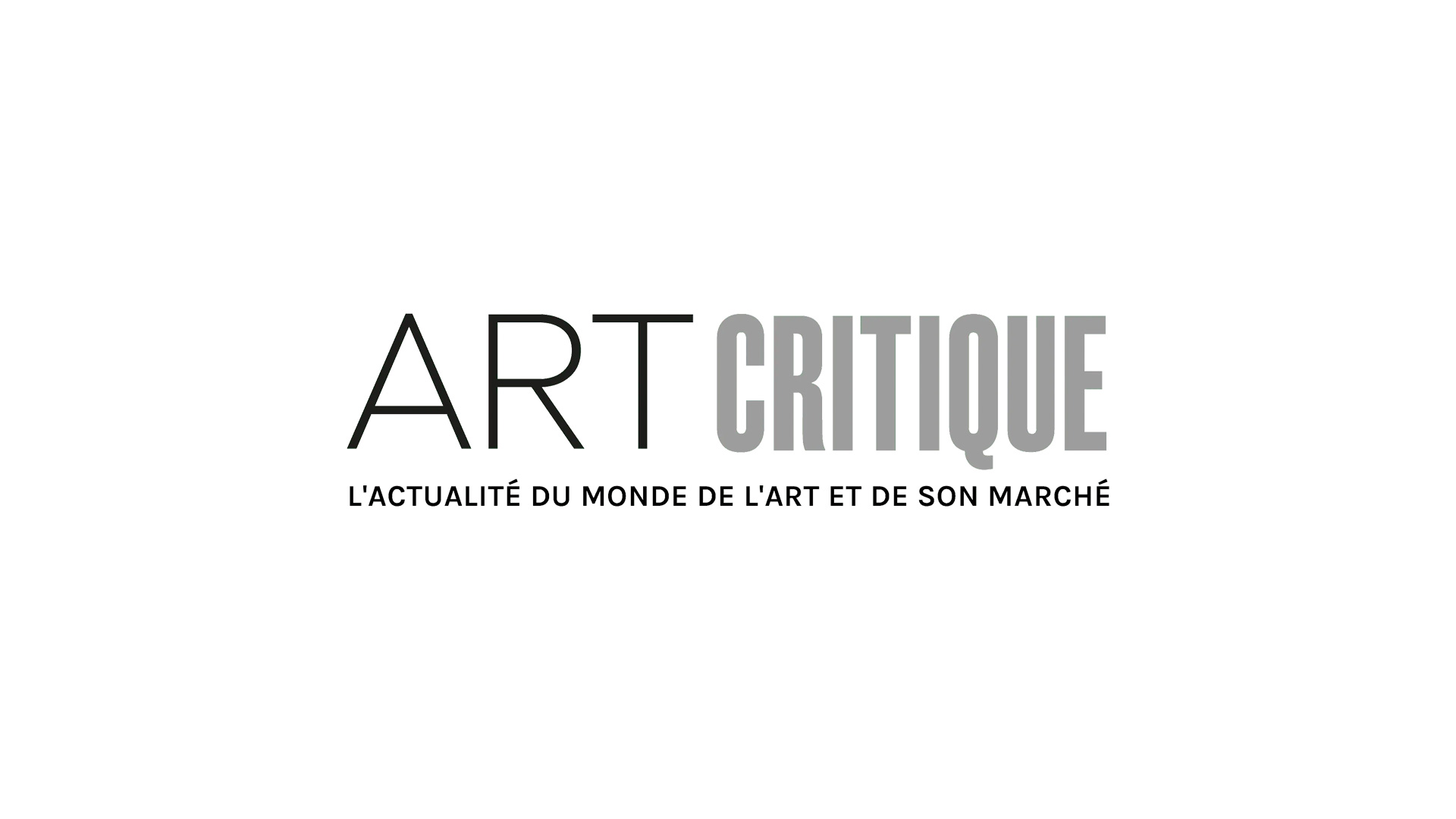The museum where I work as an Interpretive Specialist was one of the first large art institutions to close in early March amidst rising COVID-19 numbers in early March. Nine months later, the U.S is facing spikes in states that were once doing well, in some cases surpassing records from months earlier. These numbers paint an ominous picture for cultural institutions that already face financial uncertainty and struggle with internal questions around equity and diversity.
As museums slowly began to reopen at limited capacity this summer, their prospects remained cloudy. In July, UNESCO and the International Council of Museums (ICOM) reported that 13% percent of museums globally could shut permanently. Other media outlets were not so optimistic about the United States’ outlook, announcing a staggering 33% estimation of closings.
During this time, many museums received relief from the first COVID relief package. These funds allowed cultural institutions worldwide to retain staff, provide digital programming, and continue to care for their collections. It’s safe to expect that these reserves have dried up, and the hopes of a second relief package are bleak.
Cultural institutions are being forced to limit their capacity by their local government and visitors’ threshold for safety. This conflict may also shine an equity spotlight on how the tickets are being distributed. Are they all for sale for a higher price, or are some held back for those who can’t afford to pay an increased admission fee? Many museums would withhold a certain number of tickets for students and other community organizations. That may no longer be the case. But how many people need to attend an exhibition for museums to break-even? Gone may be the days were visitors were packed into exhibitions such as the Metropolitan Museum of Art’s Camp: Notes on Fashion to get the most bang for their buck.
In general, museums have a low to moderate contagion risk of attending, even during a pandemic. They tend to be highly sanitized buildings with lofty rooms. Traditional artwork displays usually require no-touch policies and quiet atmospheres, limiting the risk of droplets from loud chatter. Cultural institutions have now baked in additional precautions into limiting this risk further as they reopened their doors — six feet distance markers, increased cleaning practices, and timed online ticketing are just a few examples.
There are fears that museums may be forced to shutter their doors again as COVID cases continue to rise. This step would not only disrupt exhibition schedules, loans, and programming but could also jeopardize jobs for museum workers, again. In the early months of the pandemic and subsequent lockdown. The American Alliance of Museums concluded that major museums in the United States lost at least $33 million a day.
Added to museum financial woes is the simultaneous call of “Change the Museum.” The Instagram account’s tagline is “Pressuring US museums to move beyond lip service proclamations by amplifying tales of unchecked racism.” The thought-provoking account has a pulse on the heated debate worldwide, calling for museums to diversify their collections, staff, special exhibitions, and program offerings. A tall order for museums that, on average, cut 20% of their staff and are on the brink of bankruptcy.
While significant and systemic action is required for museums, the timing is difficult. Some museum workers feel they may have a false sense of security while their institutions still struggle for financial stability. Some call for deaccessioning select artworks to both acquire more diverse artists and as a means of financial survival. Traditionally, deaccessioning artwork that is not damaged, poor quality, or stolen is severely frowned upon in the museum world.
“Works of art shouldn’t be considered liquid assets to be converted into cash,” says Susan Taylor, President of the Association of Art Museum Directors. “They’re records of human creativity that are held in the public trust.” But how can they serve the public if they close their doors and there is financial support from the government or philanthropic patrons?
Many of the questions surrounding financial viability and the ethics embedded in museum “best practices” are likely to remain unanswered or even censored. While cultural institutions take on new challenges, global efforts from staff, visitors, and artists are integral to keeping museums afloat and making sure the kindled embers of change do not wane.





